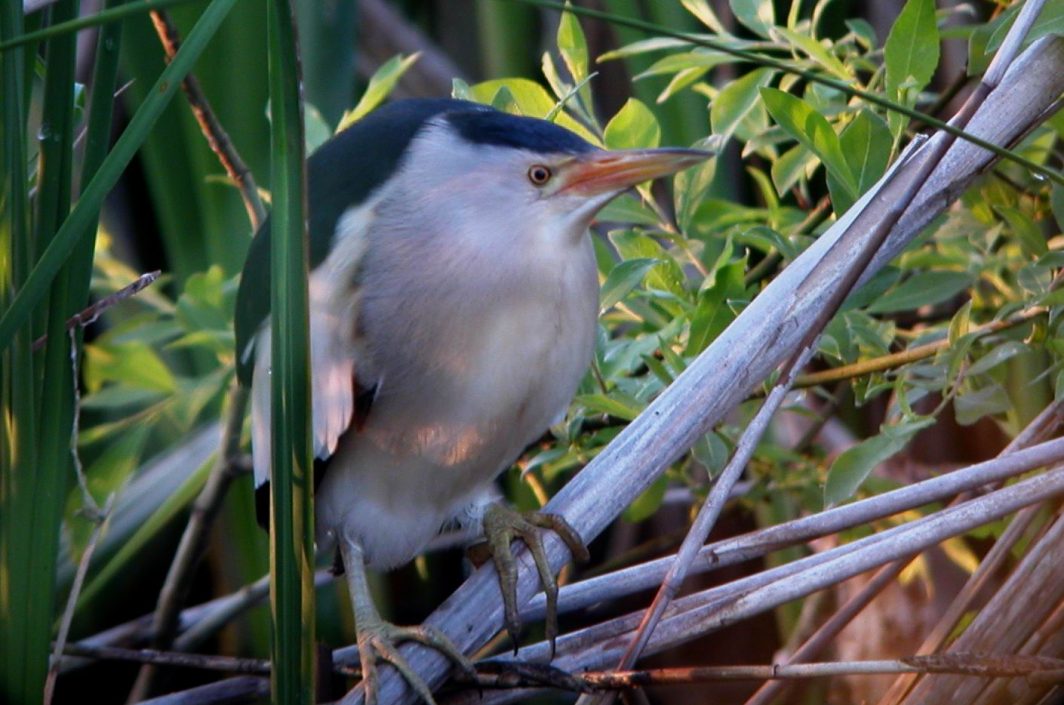If I want to meet this kind, I often sit on the pier built in the Sarosvi Lakes at dawn and do nothing but wait. In the meantime, I see a lot of things, but the biggest experience here is my elf. In July, chicks are often fed. This makes it easy to meet them as they move from one stubble to another.
The dwarf moth is our smallest heron, with a stealthy lifestyle, so seeing it is a real birdie’s feel. It always flies low over the reeds with wing strokes. In this case, the bright spot on the wings is the most striking. Males, laying hens, and young are different in color, and they wear well-separated plumage. He does not shun people, often spends in lakes in urban areas, and I have already found pairs of poets in the boating lake of Sarvar. In temperate springs, the first specimens appear as early as the latter half of April, but often return only in the first week of May. It winters in sub-Saharan Africa. Males, after hearing a thick and long “hog” sound, immediately begin to recognize generally distant sounds. The male builds the nest from rancid reeds, low in the reeds, less often in the reeds. The hen lays 5-7 eggs. Additional costs may be extended to August.
It feeds on frogs, newts, small fish, horse hair, spiders, aquatic insects and their larvae. Its population in Europe is about 60-120 thousand pairs, the largest numbers are found in Romania and Ukraine. So, if you want to meet an amazing heron, all you have to do is silently contemplate the edge of a fishing pond or fish pond at the crack of beautiful dawn.
It is a highly protected bird species, and its monetary value is half a million forints.












































